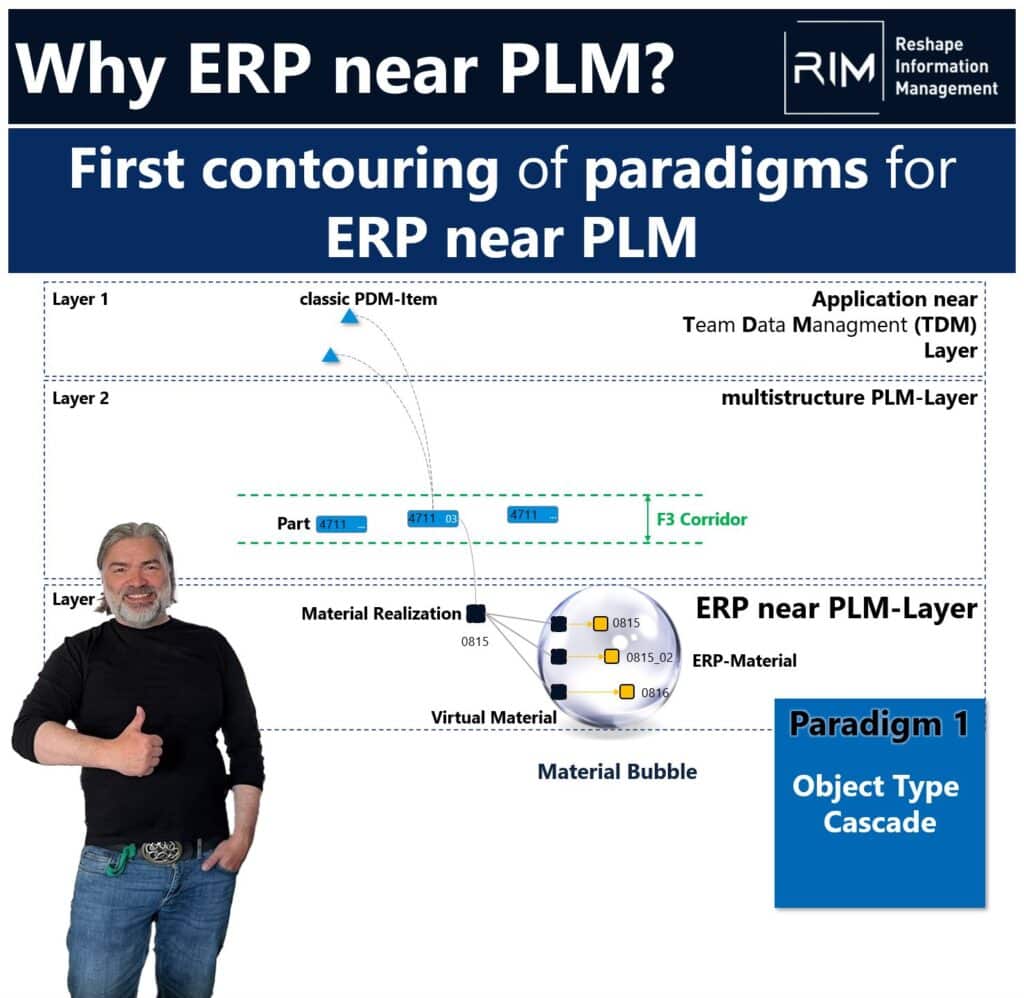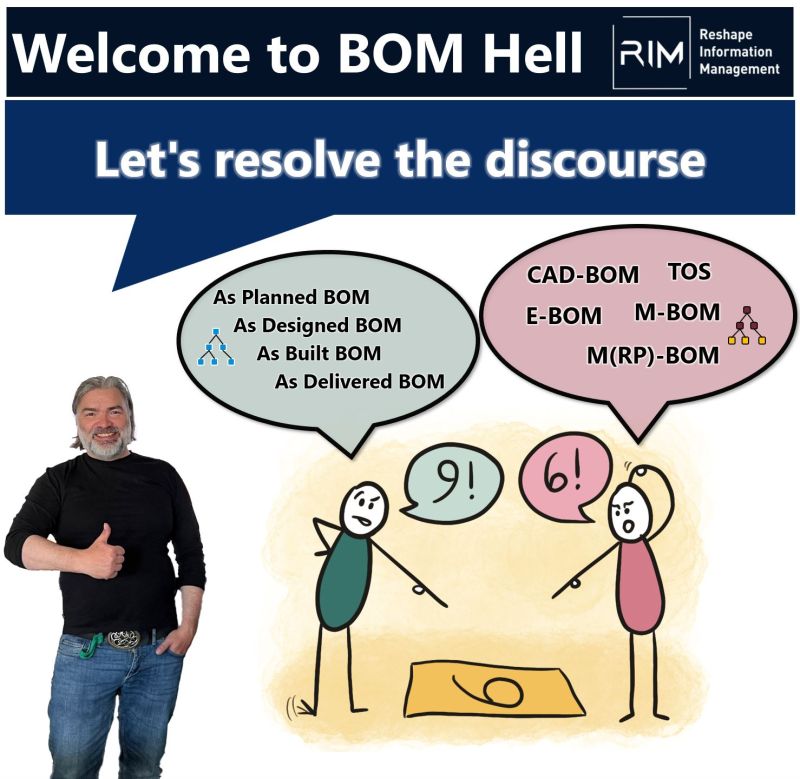How we use our OnPLM program
Yesterday we from Steinbeis – Reshape Information Management were in Norborg at Danfoss. We had a workshop there as part of the OnPLM program.
The discussion was a wild ride about strategic topics concerning the future role of PLM in companies.
Again, it became very clear that for all data-based businessmodels during the use of the product, a complete and continuous technological product description is the central basis.
A large part of this product description will be carried by PLM in the future. PLM will thus become an essential enabler for the customer-experience capabilities that will carry future digital business and thus future #revenuestreams of a company.
In the discussion it has also crystallized that in the future a new ERP near PLM layer will arise which will change the controllability of companies sustainably. In our opinion, classic PLM vendors have not yet recognized this layer. Presumably this will be a topic for the ERP-Vendors (More about this in future posts)
Of course, we have also dealt intensively with the Form-Fit Function topic. Here are a couple of outcomes from the discussion.

- It is important to map the specification and the realization of an entity to be developed in PLM with separate lifecycle capable objects.
- Clear rules should be developed when a design should stand for exactly one implementation (1:1) and when a design should summarize several implementations (1:n). This depends on the part category.
- It is useful to distinguish between external and internal designs. For external designs, only a specification has to be created (an object for the realization is nevertheless necessary in the PLM 😊 ). The realization comes from the supplier
- If the interfaces as well as the design space are combined in the fit then the rules Specification = F2 and Realization =F3 should be well applicable.
- If a component is newly developed, then the form-fit-function corridor (see picture) can be seen at the beginning of the development as a funnel that leaves a lot of freedom. Only from an A-Realease i.e. if the realization is available after the prototype phase as first implementation, the funnel becomes the form fit function corridor.

That was quite a lot of content for one workshop. From my perspective, this was possible because the Danfoss team has a top PLM maturity and thus many complex topics can be quickly brought into a contour.
Now, I have formulated a couple of points here quickly. Some of them can be seen differently. I am looking forward to your comments and opinion. Please get in touch at our contact page.




